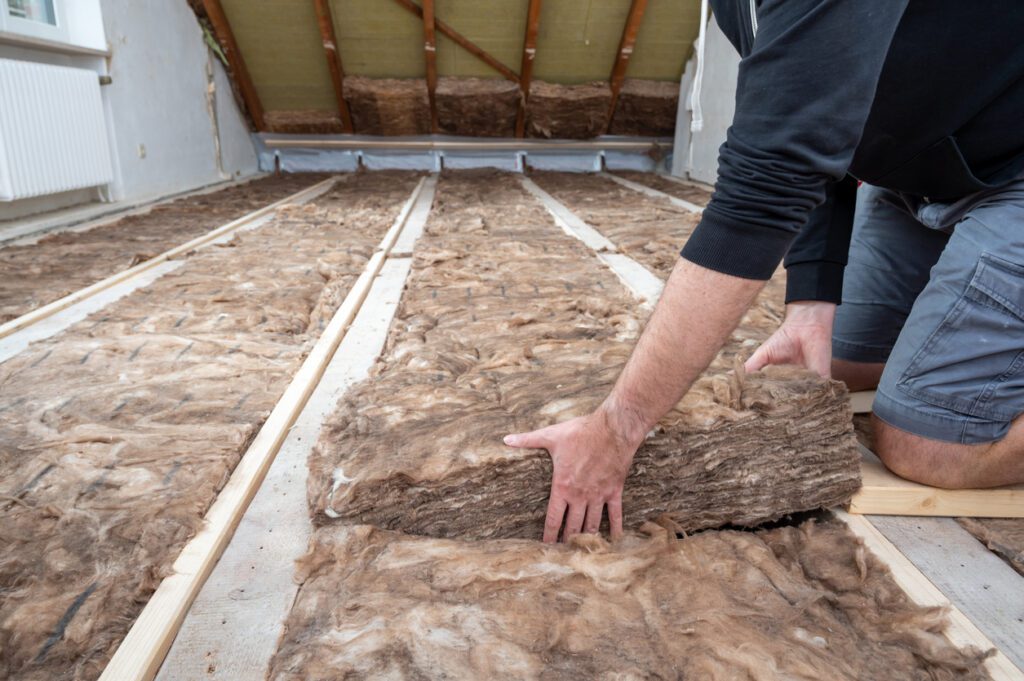
Insulation does more than keep homes warm in the winter and cool in the summer. It is the foundation of resilient, affordable, environmentally friendly, and sustainable living. As the national dialogue around housing affordability grows, it’s worth noting these four ways that insulation creates homes that last, save, and sustain.
Affordability that lasts
Utility costs, including heating and cooling, can be a top concern for homeowners year-round. Insulation plays a significant role in cutting heating and cooling bills by up to 15 percent. Using insulation effectively allows for smaller, more efficient HVAC systems, which reduces costs to homeowners on equipment purchases and operating costs. It’s an affordable technology that pays long-term dividends to the homeowner for the life of the home.
Resilience
The growing frequency of severe weather events, from extreme heat waves to cold snaps and hurricanes, means that sheltering in comfort is critical to a family’s safety. Effective insulation is vital to maintaining stable indoor temperatures during such events, but it also helps lessen the strain on the electric grid by reducing peak energy demand.
Cleaner, greener living
Since insulation reduces energy consumption and greenhouse gas emissions, its role in cleaner, greener living can’t be beat. As we’ve mentioned, it supports cleaner grids by lowering overall energy demand, but another way insulation protects the environment is by reducing the use of virgin resources, since an average of 40 percent and up to 60 percent of fiberglass and mineral wool insulation is made of recycled content. Many fiberglass and mineral wool insulation products also meet rigorous chemical standards such as GREENGUARD certification, which means they help reduce indoor air pollution, thereby improving indoor air quality.
Sustainable for the future
Because insulation provides consistent energy efficiency with little to no maintenance required long-term, it’s a sustainable solution for the future of any home. It’s one of the few building products that reduce the lifetime carbon impact of buildings and is essential to achieving the highest home performance standards, including net-zero and passive house.
As the U.S. homebuilding industry works to address affordability, insulation is the not-so-secret weapon that can be leveraged to help homeowners reduce the cost of owning and operating a home.
